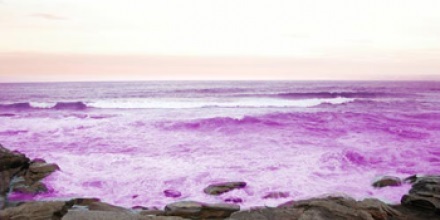Were oceans in Earth's middle age anoxic, sulfidic and toxic?
Today, Earth's oceans are teaming with life, and even deep marine trenches contain enough oxygen to support complex organisms. However, oceans in Earth's distant past were fundamentally different. In the first half of Earth history, ~4.5 to 2.3 billion years (Ga) ago, the world's oceans and atmosphere were almost...
Project status
Content navigation
About

Today, Earth's oceans are teaming with life, and even deep marine trenches contain enough oxygen to support complex organisms. However, oceans in Earth's distant past were fundamentally different. In the first half of Earth history, ~4.5 to 2.3 billion years (Ga) ago, the world's oceans and atmosphere were almost entirely devoid of oxygen. Surprisingly, for the interval between 1.8 to 0.8 Ga, the state of the oceans remains mysterious. According to one view, the oceans were essentially oxygenated. However, a recent hypothesis suggests that this scenario might not be correct and that the oceans remained widely oxygen-deficient and partly anoxic and sulphidic. If the oceans really were anoxic and sulphidic throughout Earth's middle age (~1.8 - 0.8 Ga), then 20% of the planet's history would have to be rewritten.
In the Biogeochemistry Laboratory at RSES, we test the existence of a mid-Proterozoic sulphidic ocean using hydrocarbon biomarkers. Biomarkers are the molecular fossils of biological lipids. They can be preserved in sedimentary rocks for billions of years and often contain information about ancient microbial ecosystems and environmental conditions. In particular, we are looking for the biomarkers of green and purple sulphur bacteria. Green and purple sulphur bacteria are anoxygenic phototrophs. They require light, oxygen-free conditions and reduced sulphur species such as sulphide and sulphur. Therefore, in planktonic environments, they may only exist where anoxic and sulphidic waters rise into the photic zone of the water column (photic zone euxinia). Sulphidic oceans would have provided perfect growing conditions for these organisms. The mid-Proterozoic may have been "The Age of Phototrophic Sulfur Bacteria". A search for these biomarkers in 1.6 Ga old rocks from the McArthur Basin in northern Australia yielded some first surprising results (Brocks et al., Nature 2005).
